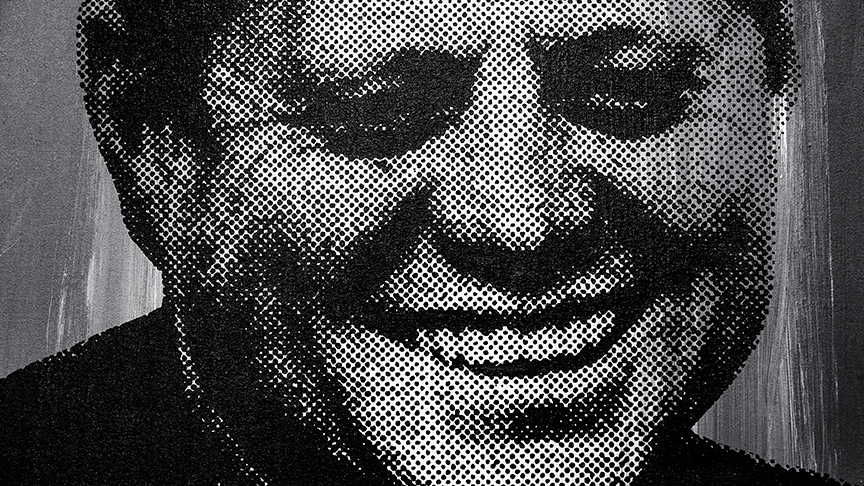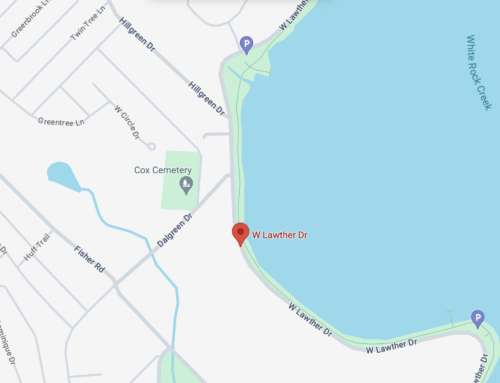“I cannot indicate my sorrow, your city symbolizes it. Your city is the city of hate. You have virtually lost your governor. You have almost lost your virtue. The only thing that saves your virtue is that you are certainly the biggest; the biggest tumor in this country.” – D.H. Croy, 11/25/1963
Opinions aren’t often changed, but they’re quickly formed. In the immediate fallout from President John F. Kennedy’s assassination on November 22, 1963, it seemed every American had formed their opinion on Dallas and its residents, as evidenced by the SMU Library for Presidential History’s collection of letters written to Dallas Mayor Earle Cabell.
Croy’s letter, and hundreds of others, are kept at the library and are available for viewing by appointment. The Advocate was given permission to publish excerpts in honor of the 60th anniversary of Kennedy’s assassination.
The sentiment shared by many of the letters was that Dallas had become a national hub for militant, far-right politics.
“I will avoid your city and your state as I would a plague spot. I will buy no products from your state. God help you.” – George Gordon, 11/23/1963
JFK’s assassination in Dealey Plaza was grounds enough for a bad reputation. But it was a reputation that Dallas had been developing for years.
Three years prior, Kennedy’s running mate and Texas native Lyndon B. Johnson arrived in Dallas alongside his wife, Claudia Alta “Lady Bird” Johnson, for a last ditch rally to flip his home state blue after eight years as a red state.
The Johnsons arrived at the Adolphus Hotel in downtown Dallas on the morning of November 4, 1960, four days before the election. They were greeted by a “mink coat mob” of conservative protestors stationed outside the hotel. The raucous demonstration was championed by Texas representative Bruce Alger, a noted right-wing extremist who voted against every proposed federal civil rights bill during his term.
The “mink coat mob” was coined by local newspapers lampooning the protestors’ economic status. Quickly, the mob turned aggressive towards the Johnsons. The couple was shoved, chastised and spit on while trying to make their way through the crowd into the hotel.
“A Dallas citizen murdered our president. A Strip tease joint owner shot the murderer. What kind of city have you?” – Mr. and Mrs. George Keyser, 11/24/1963
“Quote you stink unquote.” – Donald V. Donahue, 11/27/1963
Fast forward to October 24, 1963. Adlai Stevenson, a respected American diplomat and ambassador to the United Nations delivered a speech in Dallas. He was met with brash opposition, mostly supporters of far-right extremist Edwin Walker. As he attempted an exit to a limousine waiting for him, the crowd became more aggressive.
Suddenly, Stevenson was smashed in the face with a white sign nailed onto a wooden plank. The woman who struck him was named Cora Lacy Frederickson, a vocal supporter of Walker whose sign reads ‘Down with the U.N.’
Police swarmed Fredrickson, giving way to two men that shoved their ways to the front of the crowd and spat on Stevenson’s face. Panicked, Stevenson and his entourage rushed through the volatile crowd.
“Are these human beings or animals?” Stevenson exclaimed, before escaping to his limousine and rushing away from the scene.
“Congratulations Big D, you’ve done it again.” – Donald V. Donahue, 11/28/1963
“So, ‘Dallas isn’t that kind of city’ is it? Three years ago, you assaulted Senator Johnson. Last month, you spit on and broke a sign over the head of Governor Stevenson. And today, you’ve killed our President. We all know it, and the rest of you ought to be now, that’s exactly the kind of city Dallas is. Read your own press clippings.” – John A. Logan Jr., 11/22/1963
Letters of disapproval referenced Dallas’ prior violent political encounters as evidence of the city’s guilt in Kennedy’s assassination.
Of course, these weren’t the first American political events to turn violent, and they were far from the last. But the city’s budding reputation and the country’s pivot towards mainstream television made JFK’s assassination a crescendo like no other. The President and his assassin were murdered in the same city on film.
“Years from now when I reconstruct to my now infant son, the tragic sequence of events of the last few weeks including the death of President Kennedy, the killing of his murderer, the wounding of your governor, the associated bloodshed, and the spitting upon of Mr. Stevenson, you may rest assured that when my son asks ‘how could so much happen in one city’, I shall reply, ‘because Dallas thinks of Dallas first and of America second.’ Your city has become a blemish on the complexion of human civilization. I wish to never visit you again and I shall sever all contacts that I have with your city. Congratulations, you and your city will live forever in infamy.” – R.H. Gerding, 11/24/1963
“So, get fat on your obnoxious blood dollars that fostered hatred and violence to such kind men as Stevenson, and the final emphasizing blow on November 22nd. So, Mr. Mayor, let your filthy minute men grind on. Who knows what believer in humanity will next threaten your smug, dollar-sound existence. Hopefully, D.H. Croy.” – D.H. Croy, 11/25/1963.






